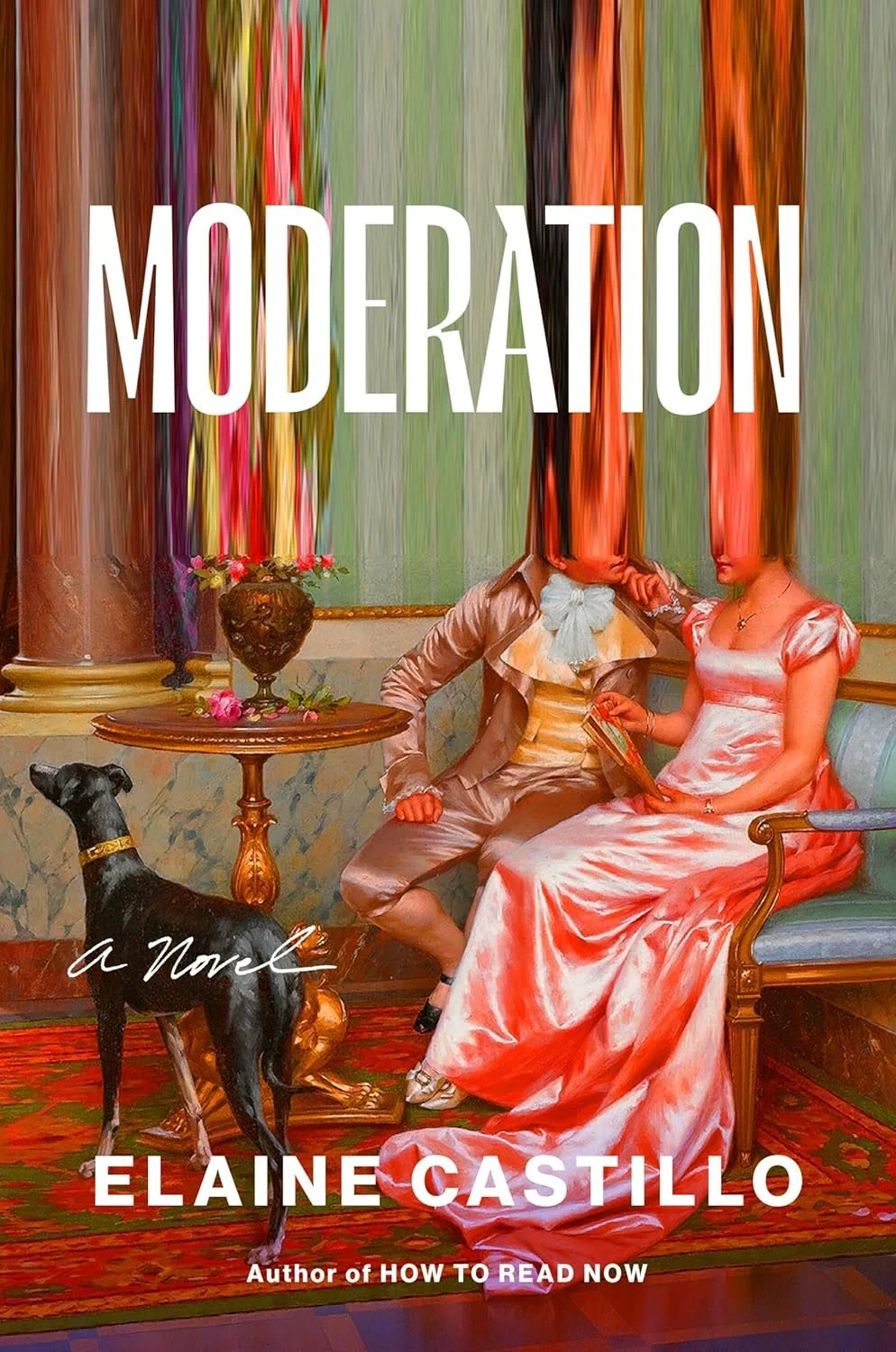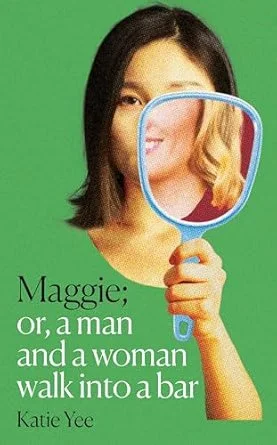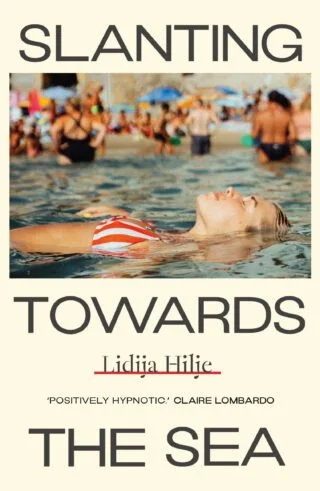Not All Writers Are Dead
Image Credit: Levi Travieso
The ruffled lace circling my neck was itchy. I was playing Benjamin Franklin, and the collar was part of my period costume that also included a puffy blouse, tight breeches, and black shoes with oversized metal buckles. Every image I’d seen of Poor Richard’s Almanack was sepia colored and as crackled as dead leaves. When it was my turn to perform, I declared to my teacher and classmates, ‘Early to bed, early to rise makes a man healthy, wealthy, and wise.’
Given my elementary school’s static curriculum, it’s not surprising that I assumed all writers were dead. Books, I was convinced, were fossils left for us by people who had scribbled by candlelight with quill pens. I encountered them at rummage sales in my grandparents’ neighborhood, and my parents even owned an encyclopedia set tucked into a wall shelf.
In short, I didn’t know any living writers. My immediate reality didn’t include anyone with enough privilege to claim art or writing as a career. One of my aunts was a nurse, another worked at a bank, and my uncle worked as a policeman. But writers? They were members of a bygone profession.
The majority of my youth was spent with my grandparents on the Westside of San Antonio in a Mexican American neighborhood that lacked a public library. Many of the stories I absorbed as a child were told to me by my grandmother and her sister as we whiled away hours on the porch swing. Their stories featured crickets metamorphizing into silver dollars, Friday night dances with the devil, telepathy between siblings, and alchemies that stirred my fledging imagination.
Eventually, school became my primary source for books. In third grade, my teacher read us poems by Shel Silverstein that tickled my brain. Several of my classmates, around that time, became fascinated with horror stories, tumbling deep into Christopher Pike fandom. Based on the flashy covers of those paperbacks, I started to think maybe living people were taking a stab at this ancient profession. Still, my teachers never spoke about writers in the present tense, not even Shel Silverstein.
When I began reading Judy Blume in fourth grade, I had an inkling that she might still be alive, ditto for Ann M. Martin when new books in The Babysitter’s Club series kept surfacing at school book fairs. There was a new one every time I looked, the numbers on the spines continuing to grow every time Scholastic rolled into the school parking lot. These books, I figured, couldn’t be writing themselves. A handful of living writers had to exist somewhere in the vast United States of America.
These days it seems absolutely impossible for a young person to remain so naïve. However, the internet wasn’t available to the masses when I was in elementary school. Smartphones wouldn’t become ubiquitous until I graduated from college. I was truly in the dark about books and their geneses. No doubt because the world of books was so cryptic, it intrigued me.
Luckily for me, my middle and high school English teacher, Mrs. Suzanne Elizondo, taught a diverse curriculum. It included novels, stories, essays, and poetry by Chinua Achebe, Sylvia Plath, Alan Patton, James Baldwin, N. Scott Momaday, Gwendolyn Brooks, John Cheever, Robert Hayden, and many other writers grappling with cultural issues that interested me. I don’t recall being exposed to any Latin American writers, so it would be years before I dreamed of joining their ranks. Nevertheless, I was enthralled with language and decided to read voraciously outside of school.
Circa my fourteenth birthday, I decided to familiarize myself with all of Sylvia Plath’s published work. I was drawn to her prowess as a wordsmith and to her pessimistic worldview. My introduction to her occurred in Mrs. Elizondo’s class via a Norton Anthology, but I soon branched out by buying a copy of Ariel. After that, I purchased an orange and blue paperback of The Colossus and Other Poems and began a one-person fervid version of Dead Poet’s Society in my bedroom.
For readers of my novel Like Happiness, it will come as no surprise that I slept with a Plath book in my bed for a week. I also had a cassette tape of Plath reading her poetry, which I listened to on my boombox. As a fan, I felt like I knew Plath through her language choices, her sensibilities. But the relationship was laced with artifice. For one, her poetry referenced New England culture, World War II, and other themes that were intriguing but remote from my 1994 life in San Antonio, Texas. Then there was the most obvious distancing factor: she was dead.
Although I recognized that I’d never know Sylvia Plath in the flesh, I concurrently became semi-drunk on the idea of living writers. People who squirreled away their waking hours rearranging words on a page were my favorite types of magicians. Obviously, I wanted to meet them, to know they were real just like me with overdue library books, throbbing hangnails, and wish-washy friends. But I needed them to be better than me too. My adolescent mind glorified them as all bona-fide geniuses.
One living writer that my aunt Virginia loved was Sandra Cisneros. I knew her as a local author whose purple house was always in the newspapers. When I was in high school, my mother and I attended a Cisneros reading not far from my school campus. Our mission that night was to ask her to sign my aunt’s copy of Woman Hollering Creek and Other Stories.
The Cisneros reading was held at an outdoor venue where various local artisans set up stalls with herbal soaps, dyed yarns, and assorted handicrafts. A podium stood in front of a sea of fold-out chairs, but since we had arrived early, my mother and I decided to roam around. My memory of the night is haloed with a dreamy bohemian vibe, in part because my mother purchased me a pair of silver hook earrings with dangling meteorite chunks. I immediately slipped them on and felt a cosmic connection with the universe. Minutes later, Cisneros took to the podium and read from Loose Woman, her latest book. Afterward, she was gracious beyond belief and signed not only my aunt’s book but personalized a copy of The House on Mango Street for me. It read: ‘Para La Ursula, who at 15 is already a woman in her power. Dale gas, girl!’
A living writer, a famous, acclaimed person of letters, had spoken with me. I was sold on this delicious reality. To be on the planet at the same time as one of the greats struck me as spectacular serendipity, the intellectual equivalent of glimpsing the Northern Lights.
Like Happiness centers a young Chicana reader who one day has a revelation that not only is her favorite writer alive, but they could potentially meet. One evening, full of verve, she pens him a fan letter. So begins Tatum’s odyssey to befriend M. Domínguez, a contemporary writer she adores.
In my lifetime, I have engaged in multiple parasocial relationships with many dead and living writers. I have easily attended a hundred readings. I have ordered signed Olga Tokarczuk books from distant bookstores. I have followed and unfollowed writers on social media, many of whom have brilliant artistic visions but insufferable personalities. Once I messaged a graphic novelist to tell her which panel of her book was my favorite. To my surprise, she replied and said it was her favorite as well. Then she asked me if I was a writer too. When her question arrived in my inbox, I hadn’t written creatively in about nine years and was lightyears away from being accepted into a graduate writing program. ‘No’, I replied, ‘I studied writing once, but I’m not currently pursuing it.’
In deciding to write Like Happiness, I leaned into a space I had not fully inhabited in my own life—a romantic realm created for my protagonist and a figure from the literary canon. Instead of simply visiting the cafes that Borges and Hemingway frequented, why not toast martinis with Hemingway himself? My protagonist Tatum opts for the second choice but finds her fantasies don’t translate into a rosy reality.
Over a decade ago, I attended a Patti Smith event at Housing Works in New York’s SoHo district. The book signing line was fiercely long, the kind that almost requires additional electrolytes to survive. When I finally stood before Patti Smith at her signing table, I realized I had mere seconds with her. In my flustered state, I said something along the lines of, ‘Oh my goodness. I’ve waited for this moment for so long’. She looked at me with perhaps derision, cracked the spine of Just Kids, and said flatly, ‘And here you are’.
As I exited the bookstore with my signed book, I couldn’t help feeling small. On the train ride home, I wondered how much our one-minute interaction actually meant. Did her brusque tone diminish my enjoyment of her music and writing? My childhood belief that all writers were dead felt ideal in that moment. It allowed me to extract maximum enjoyment from books while not giving a fig about the authors behind them. Such were ideas I ruminated on for quite some time as I developed my novel.
Of course, academia and literary discourse are always rife with debates about whether we can separate artists from their art. My novel isn’t necessarily attempting to answer that question. What interests me is what happens to the outsized admiration we feel for a book or work of art. Aren’t most of us occasionally guilty of transferring our emotions onto the author? Of becoming convinced that someone who radically moved us must also be similar to us or share our ethics? Like Happiness resides at the precarious intersection of loving a book and idolizing its author. I wrestled with ideas of fandom and whether the love of a book can be corrupted. Is it possible to enshrine art in an untouched part of the soul far away from time and controversy?
Weeks ago, I attended a Sigrid Nunez event. It was part of the tour behind her latest novel The Vulnerables. Nunez is one of my favorite living writers. Mostly I am drawn to the relaxed yet curious tone of her novels and the relationships her characters develop with animals. I first fell in love with the writer and dog in The Friend but given the bond I share with my cat Seleni, I soon gravitated to her other novels featuring animal companions.
During the Q&A portion of the event, Nunez revealed that although she enjoys Virginia Woolf’s work, she reads mostly contemporary literature these days. The caveat to that was that she starts a lot of novels but doesn’t finish them all. As Nunez and I were chatting while she personalized three books for me, I mentioned that I am also a writer with a forthcoming novel. She asked for the title, which I shared with her. With a curt smile, she politely said she might read it. It is indeed strange to have become a living writer. It’s not outside the realm of possibility that readers might engage in parasocial relationships with me. How that unfolds in the coming months or years, well, that remains to be written.
Editorial Picks




